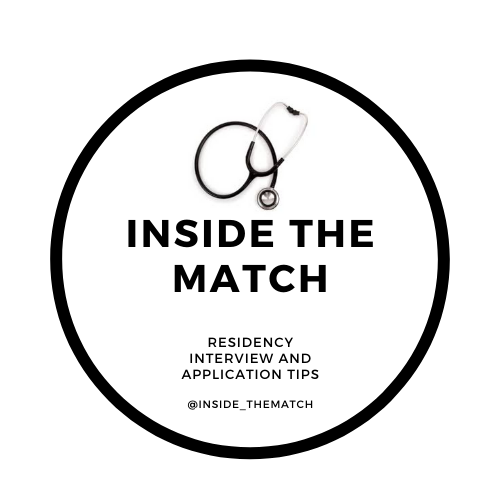How to Excel on an Ophthalmology Rotation
Written by Shelly Mishra
From the spelling of its name to the technology and surgical techniques, ophthalmology is a specialty that is known for its intricacies. As a medical student, starting an elective in ophthalmology can be quite overwhelming due to the steep learning curve to learn the terminology, diseases, and of course, the slit lamp.
Learn the Abbreviations
The first time I read an ophthalmology note, there appeared to be more jumbles of letters than actual words. Given that there are many unique terms and equipment in ophthalmology, shortcuts like two or three-letter abbreviations make notes more efficient for residents, but headaches for medical students new to the field. As an example, the “ALT” known as alanine aminotransferase to the rest of the medical field is known as Argon Laser Trabeculectomy for glaucoma treatment.
The best way to get a better understanding of the ophthalmology note is to learn the abbreviations. This can be done by bringing a sheet of the most commonly used abbreviations to the clinic. The American Academy of Ophthalmology (AAO) acknowledges the overwhelming abbreviations and has created a list here: https://www.aao.org/young-ophthalmologists/yo-info/article/learning-lingo-ophthalmic-abbreviations
2. Eye Diseases
The ophthalmology block in preclinical years of medical school is typically condensed into a few days of lecture within the neurology curriculum. While diseases like glaucoma and cataracts are simplified into two or three bullet points in lectures, the reality is that there is much more complexity to these conditions. EyeWiki (https://eyewiki.org) is a great resource to learn more unique conditions within ophthalmology by ophthalmologists themselves.
3. Drops
As a medical student, you will often be asked to help with assessing visual acuity using the Snellen Chart for patients as well as putting drops in a patient's eyes for numbing or for dilating pupils. While you can spend time reading the names of the drugs on each of the bottles, a faster way to grab them is to choose based on the color of the bottle cap. The AAO also has a guide on the class of medications and their associated bottle cap color: https://www.aao.org/about/policies/color-codes-topical-ocular-medications.
4. The Slit Lamp
Many of us have probably seen a slit lamp before as patients, but being on the opposite side of the machine can be especially nerve-wracking given all the buttons and knobs. While nothing is better than practice, some resources can give a general idea of how to use the instrument.
Tim Root is an ophthalmologist who has created a series of videos and books that give a great introduction to students on the slit lamp and ophthalmology overall: https://timroot.com/. If you ask an ophthalmology resident for extra practice with the slit lamp, almost all of them will gladly volunteer to give you their time and their eye. While it might take a few days to get comfortable with the instrument, the slit lamp is a great tool to finally see the pathology that you learn in medical school. If you are up for an even greater challenge, you can ask the residents to help you learn how to use ocular retina lenses to see the posterior chamber.
One of the most satisfying parts of rotating through ophthalmology is being able to directly visualize eye pathology using the different instruments in clinic. Another great aspect of the specialty is that there is also the opportunity to use your hands for surgical procedures. While medical students will often be only observing procedures, you can get exposure to being in a clinical and procedural setting. Good luck and enjoy the eye-opening (pun intended) experience in ophthalmology!

